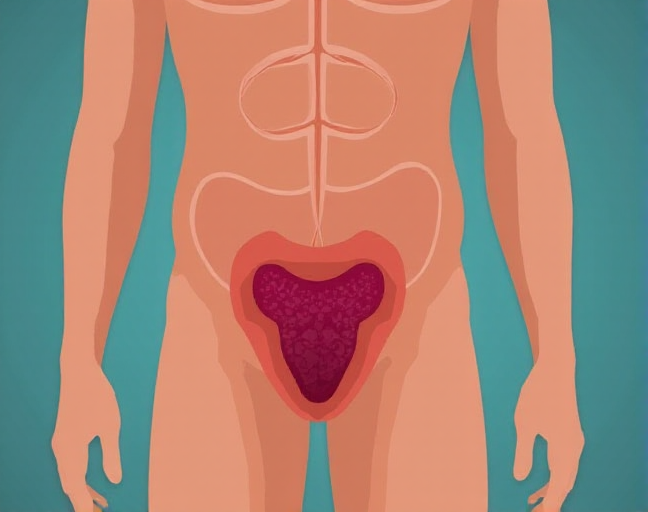Can Pelvic Inflammatory Disease (PID) Happen in Men?
Pelvic inflammatory disease (PID) is an infection that affects the reproductive organs in women, including the uterus, fallopian tubes, and ovaries. It’s typically caused by sexually transmitted infections (STIs) like chlamydia or gonorrhea. For women, PID can lead to severe lower abdominal pain, and if left untreated, it may result in complications like ectopic pregnancy, infertility, chronic pelvic pain, or abscess formation.
But here’s a burning question: Can men get PID? Let’s break it down.
Is PID Possible in Men?
No, men cannot develop pelvic inflammatory disease. Why? Because PID specifically involves the uterus and fallopian tubes—organs only found in women. The infection occurs when bacteria move from the vagina into the upper reproductive organs during sexual activity.
That said, men aren’t entirely off the hook. They can still contract and spread STIs, such as gonorrhea or chlamydia, which are caused by bacteria like Neisseria gonorrhoeae and Chlamydia trachomatis. While men won’t experience PID, they can develop related conditions such as urethritis, orchitis (testicle inflammation), or prostatitis (prostate inflammation).
What If Your Partner Has PID?
While men can’t get PID, they can play a role in its transmission. If your female partner is diagnosed with PID, it’s important to take precautions:
- Hold off on sex: Wait at least two weeks after her treatment before engaging in any sexual activity (oral, vaginal, or anal).
- Communicate: If your partner has PID, she should inform you. Men can unknowingly spread STIs to others, so it’s critical for both partners to get tested and treated.
- Practice safe sex: Avoid unprotected sex with anyone who hasn’t been tested for STIs. Many infections, like chlamydia, can be symptom-free yet contagious.
STIs in Men: Chlamydia and Gonorrhea
Both gonorrhea and chlamydia are bacterial STIs that can affect anyone, regardless of gender. Though caused by different bacteria, they often share similar symptoms—and some people may not have symptoms at all. If untreated, these infections can lead to complications like infertility or an increased risk of contracting HIV.
Common Symptoms in Men:
- Burning sensation when urinating
- Green, yellow, or white discharge from the penis, anus, or urethra
- Pelvic pain
- Swelling or pain in the scrotum
- Itching in the genital or anal area
- Painful sexual intercourse
How They Spread:
These infections spread through unprotected anal, oral, or vaginal sex. Bacteria can enter through the thin, moist lining of the rectum, mouth, or vagina.
Treatment:
Both gonorrhea and chlamydia are treated with antibiotics. Even if symptoms improve within a few days, completing the prescribed course is essential to prevent reinfection or complications.
Reducing Your Risk of STIs
While men don’t have to worry about PID, there are plenty of other STIs to be mindful of. Here’s how you can lower your risk:
- Educate Yourself: Learn about STIs, how they spread, and the available treatments. Knowledge is power!
- Practice Abstinence: The most foolproof way to avoid STIs is to abstain from vaginal, oral, or anal sex.
- Get Vaccinated: Vaccines for infections like HPV and hepatitis B can significantly reduce your risk. Ideally, these should be taken before becoming sexually active. HPV vaccines are recommended for boys up to age 21 and girls up to age 26.
- Limit Partners: Stick to one monogamous partner who has been tested and is free of STIs.
- Use Condoms: Condoms are your frontline defense. Latex condoms are most effective, but if you’re allergic, synthetic options are available. Avoid natural membrane condoms, as they don’t offer complete STI protection.
- Get Tested Regularly: Stay informed about your STI status and ensure your partner does the same. If either of you tests positive, avoid sex until treatment is complete.
The Bottom Line
While men can’t get PID, they can still contract and spread STIs that lead to it in women. The key to prevention is education, communication, and safe practices. By staying informed and proactive, you can protect yourself and your partner from potential health risks.


Leave a Reply